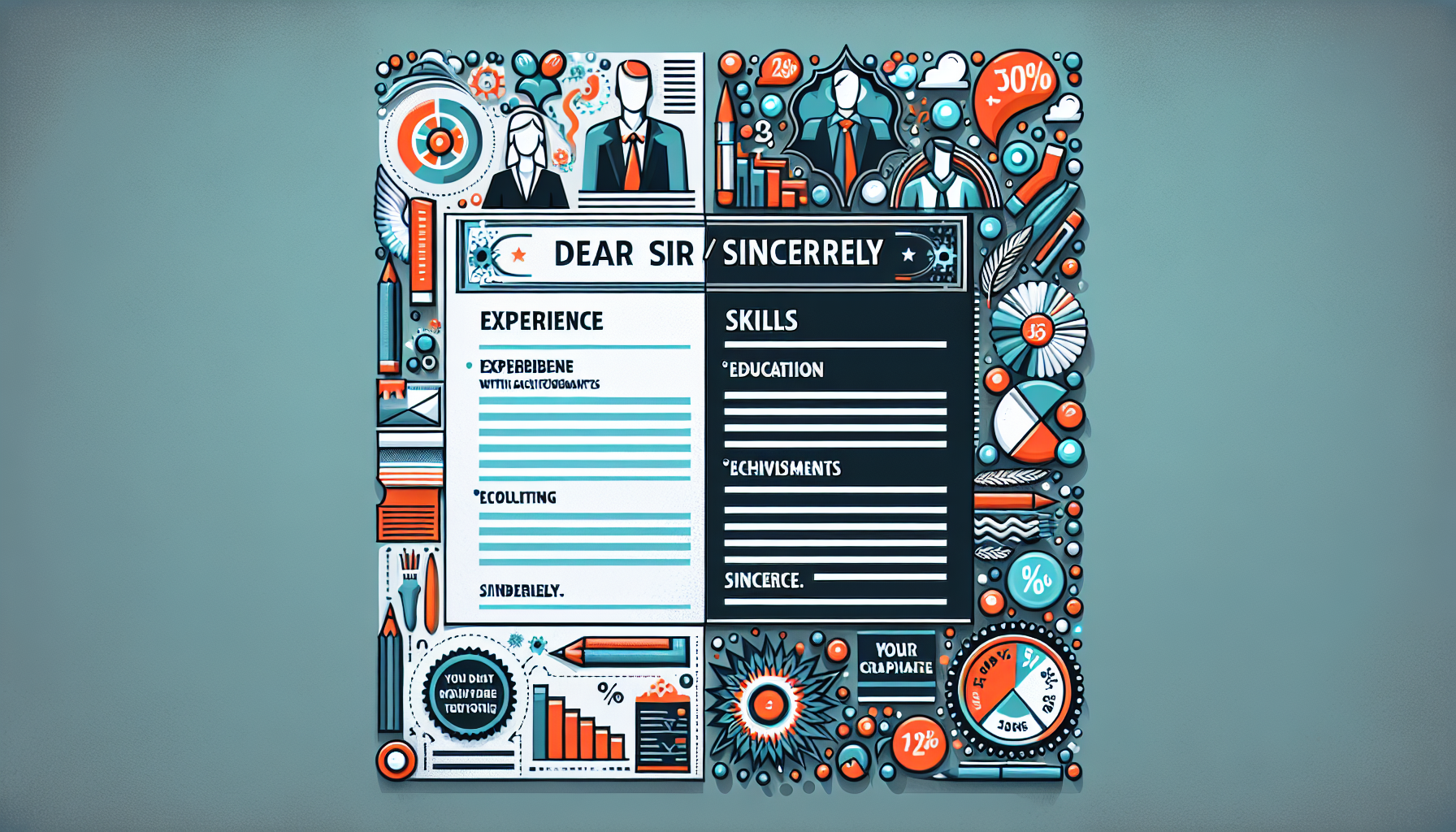Storytelling Cover Letters: Turning Applications into Conversations That Get You Hired in 2024
Meta: Learn how to craft compelling storytelling cover letters that transform your job applications into meaningful conversations with hiring managers. Stand out with powerful narrative techniques.
Did you know that hiring managers spend an average of just 7.4 seconds scanning a cover letter? That’s barely enough time to say “hello”! But here’s the game-changer: when you transform your cover letter into a compelling story, that scanning time triples. I’ve seen firsthand how storytelling can turn a standard application into an invitation for conversation. Let’s explore how you can make your cover letter not just read, but remembered!

Understanding the Power of Narrative in Job Applications
When it comes to job applications, storytelling can be your secret weapon. But why do stories resonate more than bullet points? Well, it’s all about human nature. We’re wired to connect with narratives, and this holds true even in professional contexts.
Think about it – when was the last time you were deeply moved by a list of achievements? Now, compare that to a compelling story of someone overcoming obstacles to reach their goals. See the difference?
The psychology behind storytelling in professional contexts is fascinating. Our brains light up when we hear a good story, releasing chemicals that make us feel connected and engaged. This is why narratives create emotional connections with readers, even when those readers are potential employers.
Essential Elements of a Story-Driven Cover Letter
So, how do you harness the power of storytelling in your cover letter? It all starts with a great opening hook. You want to capture attention right from the get-go, making the reader eager to learn more about you.
Next, focus on character development. In this case, you’re the protagonist of your story. Show your personality, your motivations, and what drives you in your career.
Every good story needs conflict and resolution. In your professional narrative, this might be challenges you’ve faced and how you’ve overcome them. It’s a great way to showcase your problem-solving skills.
Finally, don’t forget about brand messaging and personal voice. Your story should reflect your unique perspective and professional brand.
Crafting Your Professional Story Arc
Identifying your career narrative is the first step in crafting your professional story arc. Think about the journey you’ve been on – what’s the overarching theme?
Next, connect your past experiences to your future potential. How has each role prepared you for the next step in your career?
Creating compelling turning points in your story can really make it memorable. These might be moments of realization or instances where you took a risk that paid off.
Demonstrating growth and learning throughout your narrative shows that you’re adaptable and always striving to improve.
Converting Achievements into Engaging Narratives
The STAR method (Situation, Task, Action, Result) is a great tool for storytelling in job applications. It provides a clear structure for turning your achievements into mini-stories.
When it comes to transforming data into compelling stories, think about the human element. How did your work impact people or solve real problems?
Remember to balance showing versus telling. Don’t just state your qualities – demonstrate them through your stories.
And don’t forget to incorporate relevant metrics. Numbers can add credibility to your narrative and show the tangible impact of your work.
Maintaining Professionalism While Storytelling
Finding the right tone is crucial when storytelling in job applications. You want to be engaging, but not overly casual or informal.
Consider what’s appropriate for your industry. A creative field might welcome more colorful storytelling, while a more conservative industry might prefer a more subdued approach.
Avoid common storytelling pitfalls like going off on tangents or including irrelevant details. Keep your narrative focused and relevant to the job you’re applying for.
Length and structure are important considerations too. Your story should be concise and well-organized, making it easy for busy recruiters to read and understand.
Practical Examples and Templates
Let’s look at some before and after examples. A typical bullet point might read: “Increased sales by 20%.” Now, let’s turn that into a story: “Faced with declining sales, I developed a new customer outreach program. By personally connecting with our top clients and understanding their evolving needs, we not only reversed the trend but increased sales by 20% over six months.”
Different industries might require different story frameworks. For example, a tech startup might value stories of innovation and quick problem-solving, while a non-profit might be more interested in narratives about community impact.
There are plenty of adaptable templates out there that can help you structure your story-driven application. The key is to use them as a starting point and then infuse them with your unique experiences and voice.
Finally, don’t underestimate the power of success stories and case studies. If you have examples of how your story-driven approach has worked in the past, share them! They can provide valuable inspiration and proof of concept for your own storytelling efforts.

Conclusion
Your cover letter is more than just an application—it’s your chance to start a meaningful conversation with your future employer. By implementing these storytelling techniques, you’re not just applying for a job; you’re inviting the hiring manager into your professional journey. Take action today: transform your next cover letter into a compelling story that demands attention and response.




